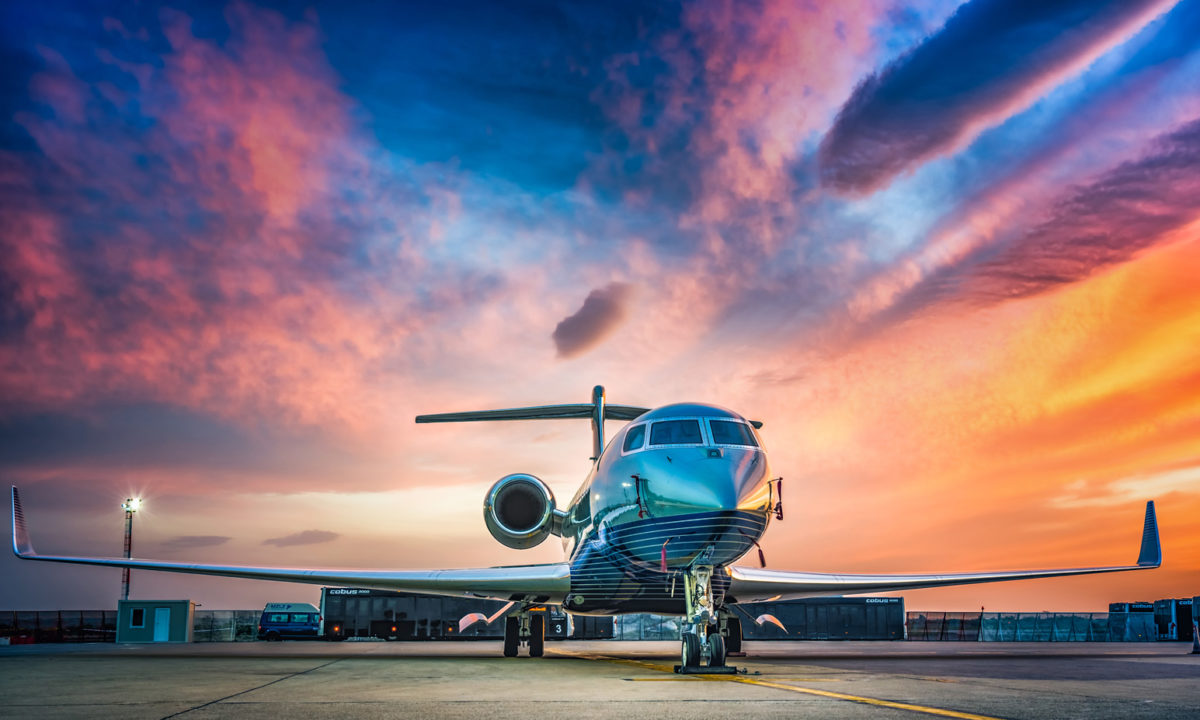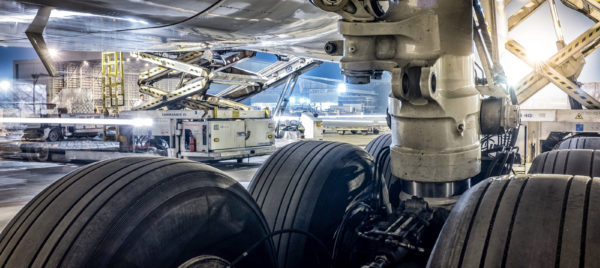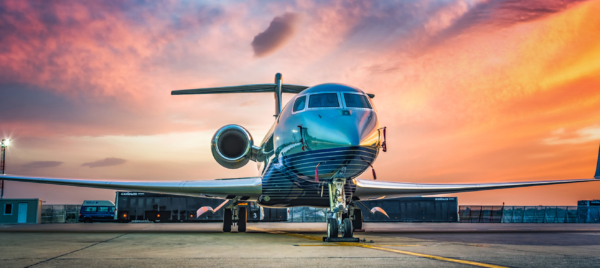Aircraft Commerce October – November 2017
Landing gears, and wheels and brake systems represent a small but vital part of overall airframe maintenance. Each component undergoes wear and tear in everyday operation. While the landing gear is a heavy component that is often hard-timed, wheels and brakes are monitored on-condition. An overview of each component’s maintenance requirements is provided.
Landing gear, wheels and brakes maintenance
In day-to-day operations, the landing gear, and wheels and brakes undergo stress – or wear and tear – during take-off and landing. Their performance during these stages of flight is critical, and regular monitoring is essential. Maintenance of the landing gear, and wheels and brakes is, therefore, most affected by flight cycle (FC) utilisation.
Components for the landing gear and wheels and brakes are grouped under ATA Chapter 32, which details each component and system required to activate the landing gear system required to the ‘airframe maintenance,’ ATA Chapter 32 is one of 38 chapters relating to the airframe. Other chapters cover the auxiliary power unit (APU), hydraulics, flight controls, electrical power, fuel, pressurization and so on. A further 17 chapters pertain to engine maintenance.
Landing gear maintenance, per Chapter 32, covers the maintenance of gear doors, retraction system, gear, brake controls, tyres and wheels, hydraulic controls, steering and indication. (see The economics of landing gear maintenance, Aircraft Commerce, July/August 2000, page 29). Maintenance of the landing gear, wheels and brakes, is, therefore, generally grouped together as its own area of airframe maintenance, repair and overhaul (MRO). This does not, however, mean removal intervals are aligned between these components. As will be discussed, there are elements to gear, wheel and brake maintenance that are relatively easy to plan for, while other elements prove more difficult to schedule.
Where possible, this article will give build variations, observations and costs for aircraft, including A320, A330, 737, 747, 757 and 777 fleets. Considerations include cost of repairing common findings non-route (NR) shop visits (SVs), overhaul processes and subcontracted fees and operational factors that affect these costs.



